Large Mammals
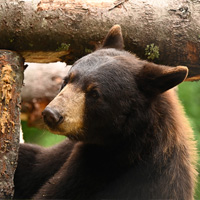
Black Bear
Maine has over 35,000 black bear - more than any other eastern state. They are omnivores, meaning that they eat both plants and animals; about 20% of their diet is animal and 80% is vegetable. The oldest wild Maine black bear we know of was 27 years old! Learn more about black bear from Maine Department of Inland Fisheries and Wildlife.
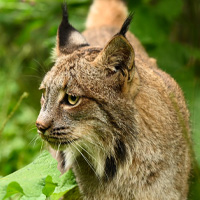
Canada Lynx
The Canada Lynx has been listed in Maine as a Federally threatened species. Along with the mountain lion and bobcat also on display at the park, it's a great way to note the differences in the 3 big cats. Lynx prey almost exclusively on snowshoe hare; and are found only in the most remote woodlands of the NW corner of the state. Learn more about canada lynx from Maine Department of Inland Fisheries and Wildlife.
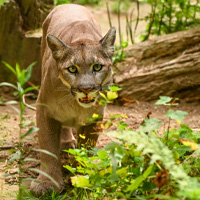
Cougar
This large exhibit features 3 cougars. These large cats are otherwise called mountain lion, puma, catamount, panther or painter. There are no known cougar populations in Maine at this time, however they were here as a native animal up until the late 1800s.
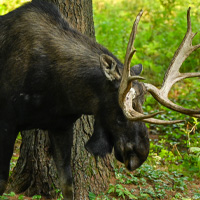
Moose
A moose can eat up to 35 lbs of food a day and store over 100 pounds in its stomach. It eats a variety of so-called ‘browse’; leaves, buds and twigs of woody shrubs and trees; as well as tasty underwater aquatic plants in the summer. It can run 35 mph and can easily swim 10 miles. The moose is the state mammal of Maine. Learn more about moose from Maine Department of Inland Fisheries and Wildlife.
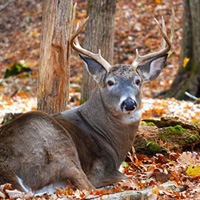
White-tailed Deer
When white-tails sense danger, they lift their tails straight up to display the pure white underside as an alarm signal that can be seen by other deer for quite a distance. Learn more about white-tailed deer from Maine Department of Inland Fisheries and Wildlife.

